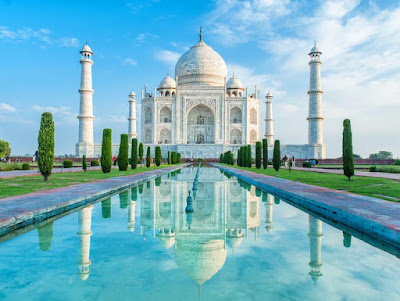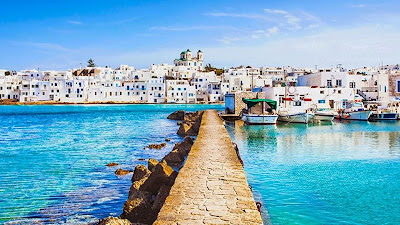Most Attractive Historical Places In India To Visit
India is a diverse country steeped in history. Its past has seen a melting pot of different religions, rulers and empires -- all of which have left their mark on the countryside. Many historical places in India are listed as UNESCO World Heritage sites due to their cultural importance.
Taj Mahal -
An ivory-white marble mausoleum, Taj Mahal in Agra is regarded as a symbol of love and commitment. It houses the tomb of Mumtaz Mahal, the wife of the Mughal Emperor Shah Jahan. It is said that the Emperor loved his wife dearly and after her death decided to build the Taj Mahal to remind the world of their eternal love. The stunning monument today stands as a proof of love and devotion of a husband towards his wife. Taj Mahal is located in Agra, a city in the state of Uttar Pradesh, in India. Built in 1648 AD, today, Taj Mahal attracts seven to eight million annual visitors.
Hampi -
Now a laid back village in northern Karnataka, Hampi was once the last capital of Vijayanagar, one of the greatest Hindu empires in India’s history. Muslim invaders conquered the city in 1565, wreaking destruction and reducing it to ruins. It was pillaged and then abandoned. Hampi has some captivating ruins, intriguingly intermingled with large boulders that rear up all over the landscape. The ruins date back to the 14th century and stretch for just over 25 kilometers (10 miles). They comprise more than 500 monuments, including magnificent Dravidian temples and palaces. An incredible energy can be felt at this ancient place.
Mysore Palace, Mysore -
The Palace of Mysore is the most famous historical monument, located in the city of Mysore in Karnataka and one of the most visited monuments in India. Mysore Palace is one of the most famous tourist attractions in the city along with Chamundi Hills.
Red Fort, Delhi -
A UNESCO World Heritage Site, is an outstanding combination of size and aesthetics. Construction took over a period of ten years, from 1638 to 1648. When the Mughal emperor, Shah Jahan, came to Delhi shifting his capital from Agra to Delhi, the fort was his idea of residence. It was then famous as the Qila-e-Mubarak. The octagonal fort, built in red sandstone, stands proudly amid the din and commotion of Old Delhi. It draws visitors in great numbers every day. The Red Fort was not actually red but white limestone. It was the British who painted it red when the limestone started cracking off.







Comments
Post a Comment